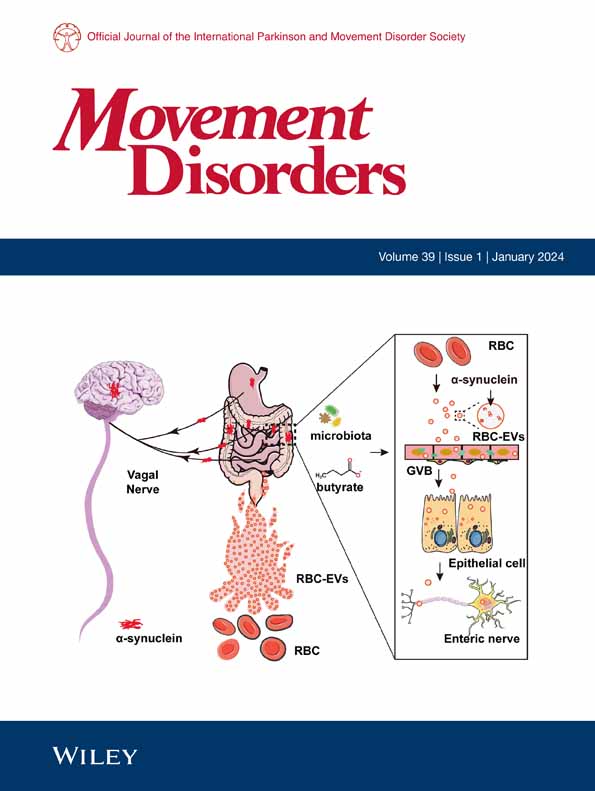Deep Learning–Based Artificial Intelligence Algorithm to Classify Tremors from Hand‐Drawn Spirals
IF 7.4
1区 医学
Q1 CLINICAL NEUROLOGY
引用次数: 0
Abstract
BackgroundNo objective biomarkers exist for diagnosing and classifying tremor syndromes.ObjectiveThe aim was to develop and validate a deep learning (DL) algorithm for classifying tremors from hand‐drawn pen‐on‐paper spirals.MethodsWe recruited participants with dystonic tremor (DT), essential tremor (ET), essential tremor plus (ETP), Parkinson's disease (PD), cerebellar ataxia (AT), and healthy volunteers (HV). Participants drew free‐hand spirals on paper, which were used to train a DL algorithm based on transfer learning using InceptionResNetV2 and Keras sequential model. We validated the model externally in two independent tremor cohorts, evaluating accuracy and F1 scores, and compared its performance to expert raters.ResultsWe recruited 521 participants and obtained 2078 spirals (365 DT, 215 ET, 208 ETP, 212 PD, 78 AT, and 525 HV). Mean age of the participants was 46.1 ± 12.4 years, duration of illness was 8.9 ± 8.3 years, and the mean Fahn–Tolosa–Marin Tremor Rating Scale score in patients was 32.4 ± 14.7. The DL classifier demonstrated an overall accuracy of 81% [95% confidence interval, CI: 0.77–0.85] in distinguishing among tremor syndromes. To mitigate the potential risks of data leakage and digital fingerprinting, the algorithm was redeveloped and reanalyzed, yielding an adjusted accuracy of 70% [95% CI: 0.66–0.74]. External validation on an independent cohort of 1535 spiral drawings resulted in an accuracy of 61% [95% CI: 0.59–0.63], with the adjusted algorithm achieving 59% [95% CI: 0.58–0.60], outperforming human raters (accuracy: 46%).ConclusionSupervised DL algorithms can effectively detect tremor syndromes from hand‐drawn spirals, offering unbiased, feature‐independent classification with higher accuracy than human raters. © 2025 International Parkinson and Movement Disorder Society.求助全文
约1分钟内获得全文
求助全文
来源期刊

Movement Disorders
医学-临床神经学
CiteScore
13.30
自引率
8.10%
发文量
371
审稿时长
12 months
期刊介绍:
Movement Disorders publishes a variety of content types including Reviews, Viewpoints, Full Length Articles, Historical Reports, Brief Reports, and Letters. The journal considers original manuscripts on topics related to the diagnosis, therapeutics, pharmacology, biochemistry, physiology, etiology, genetics, and epidemiology of movement disorders. Appropriate topics include Parkinsonism, Chorea, Tremors, Dystonia, Myoclonus, Tics, Tardive Dyskinesia, Spasticity, and Ataxia.
 求助内容:
求助内容: 应助结果提醒方式:
应助结果提醒方式:


